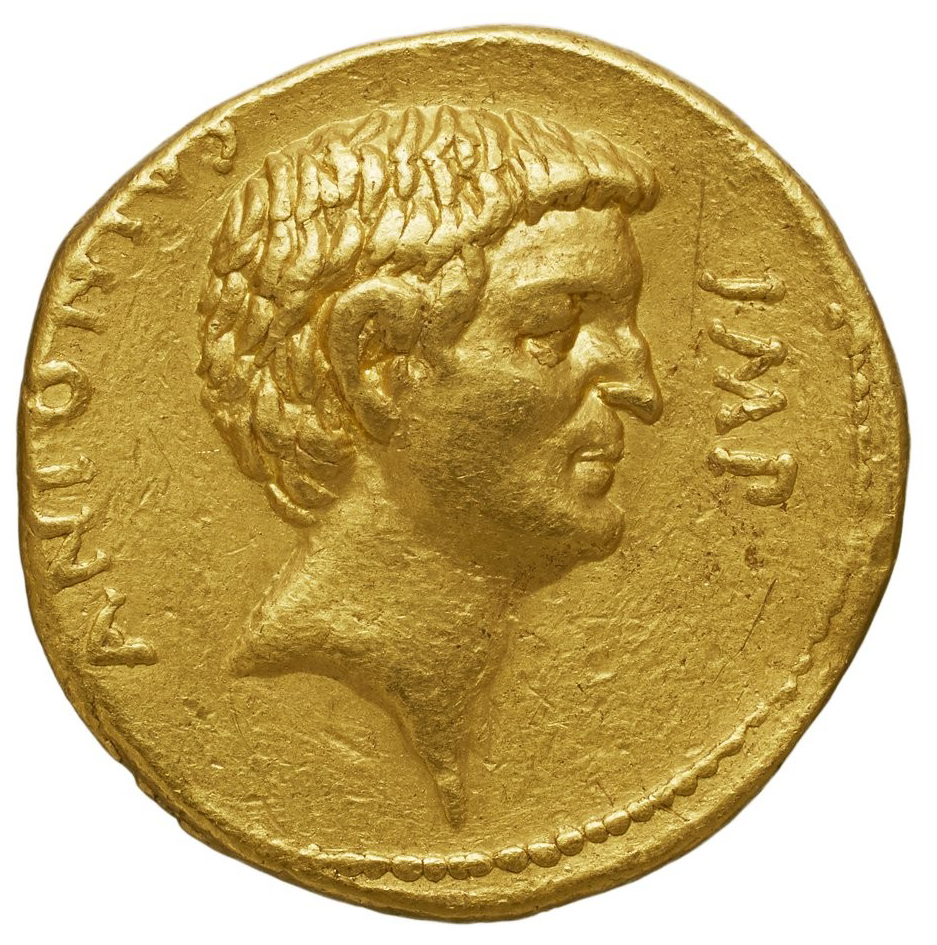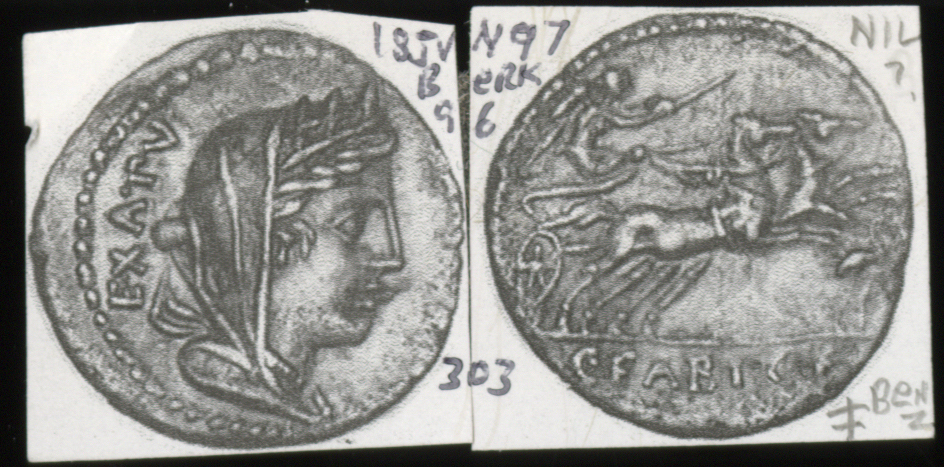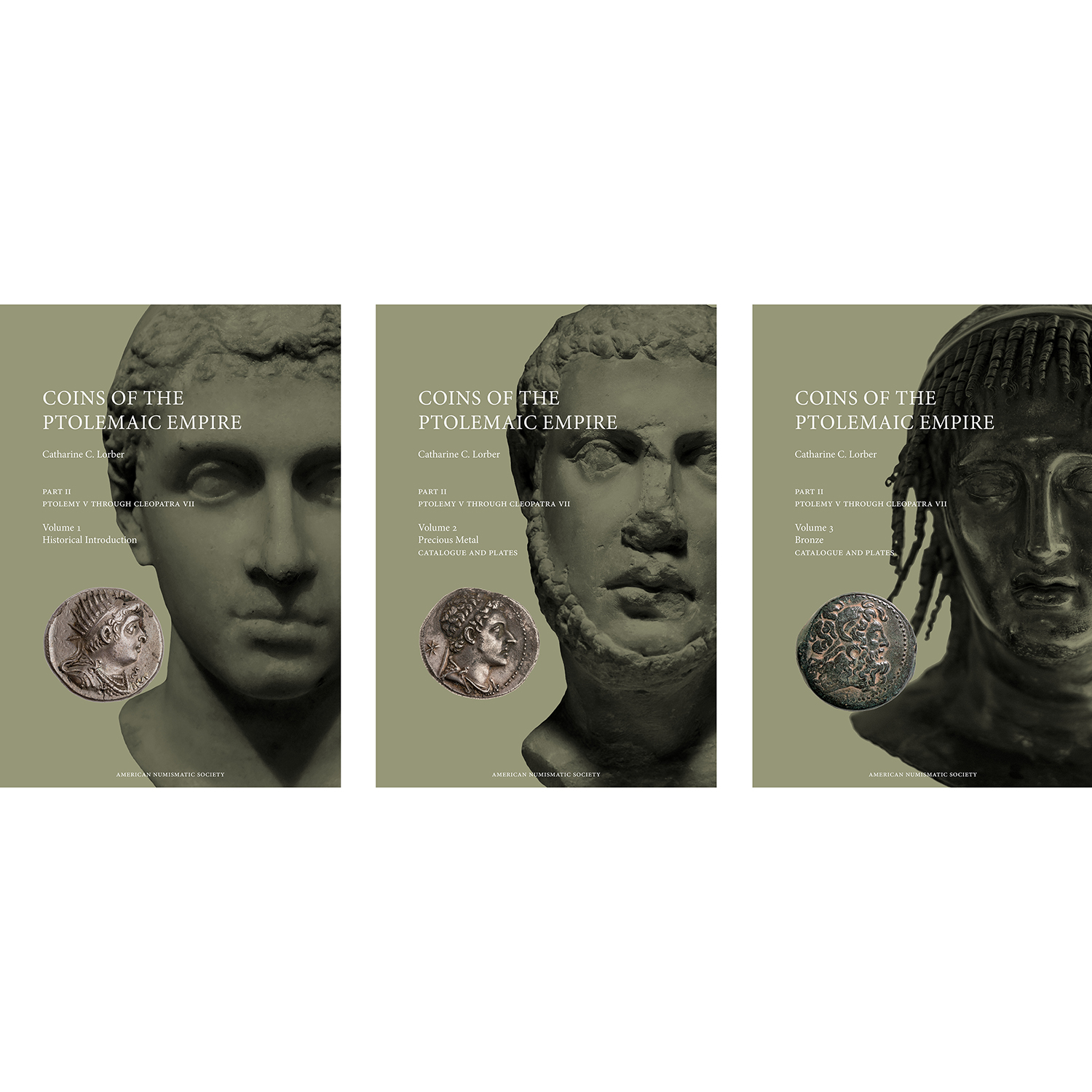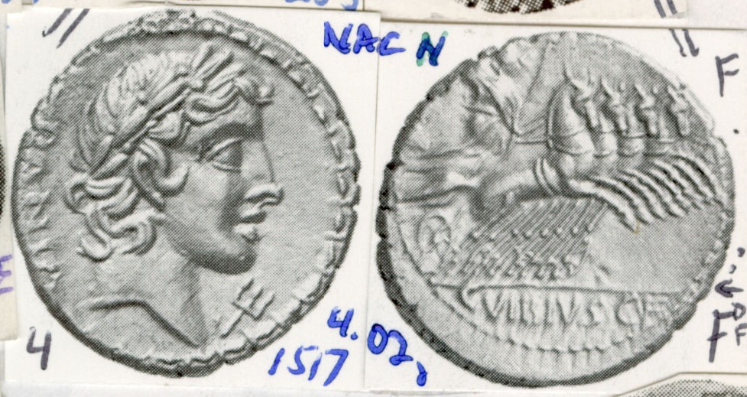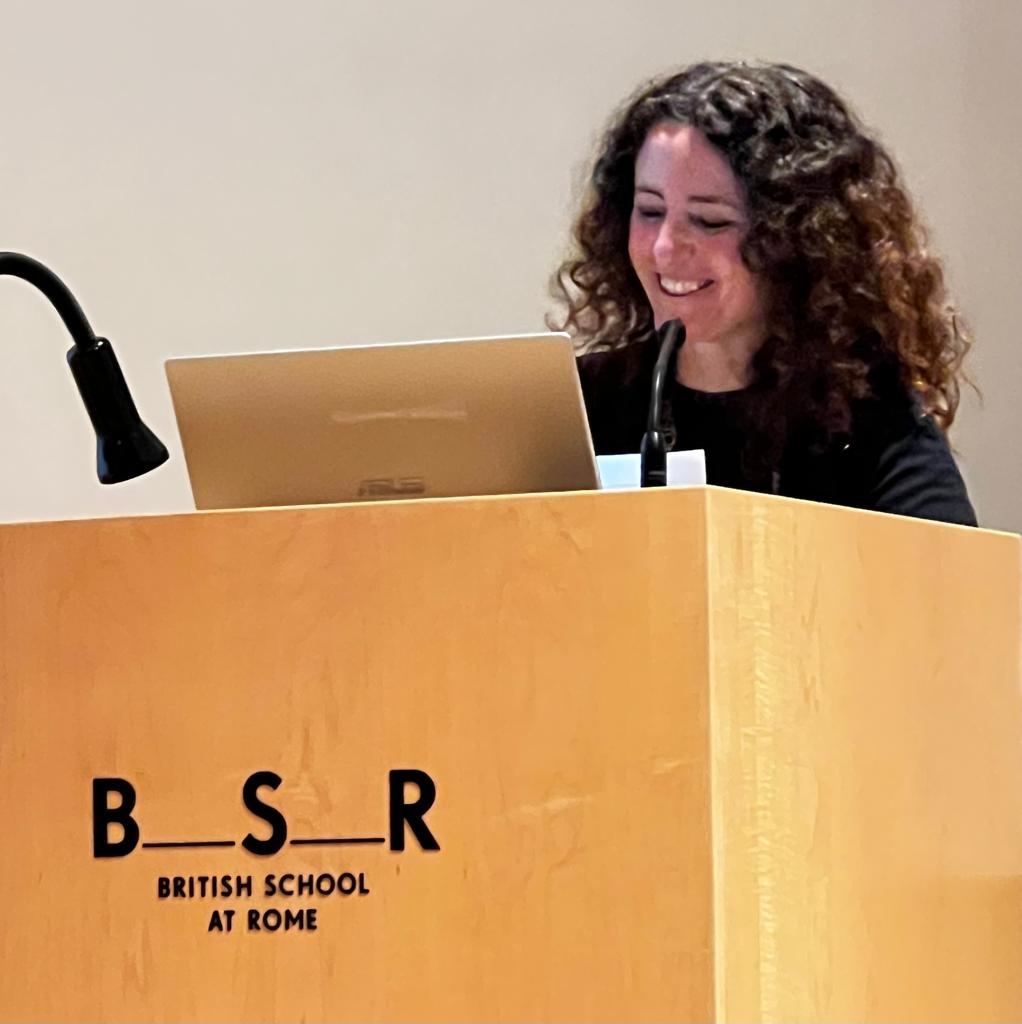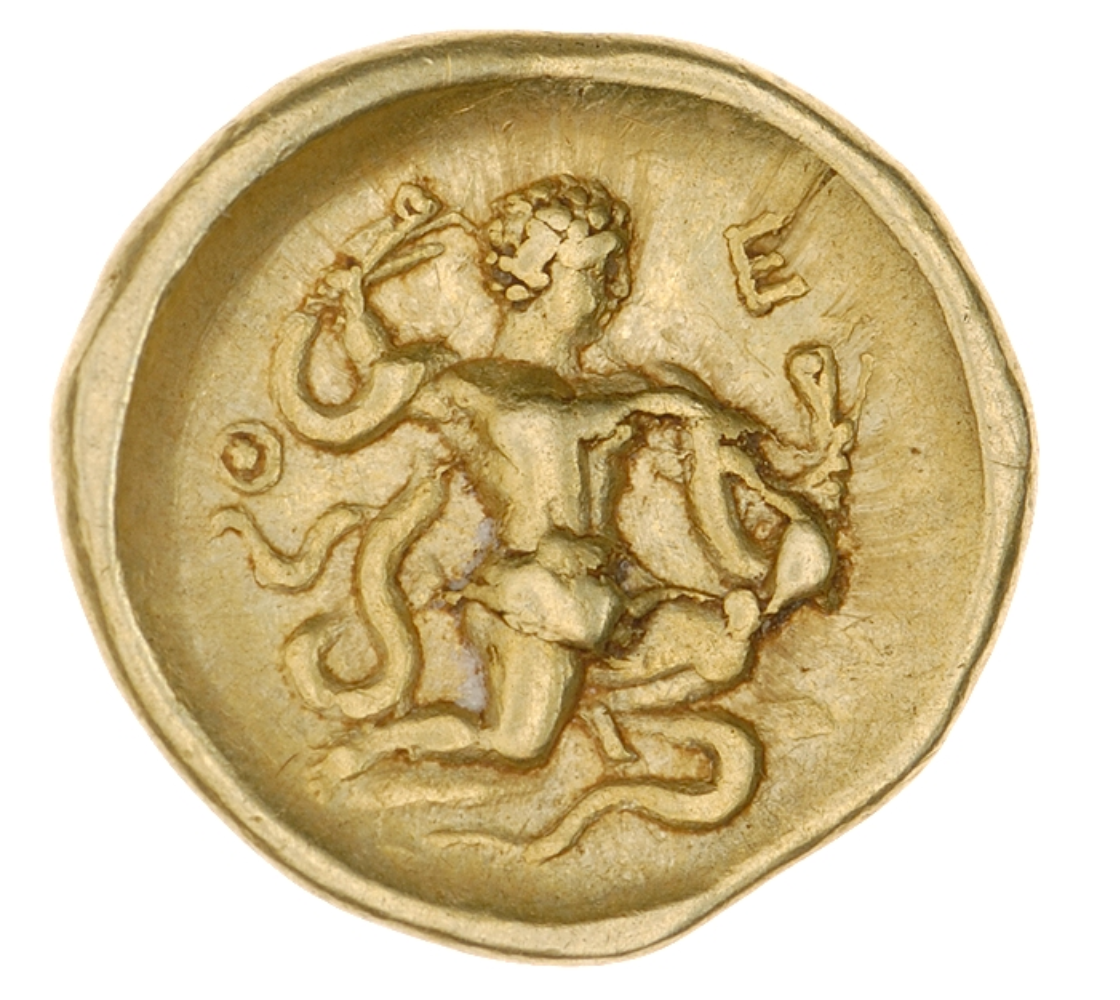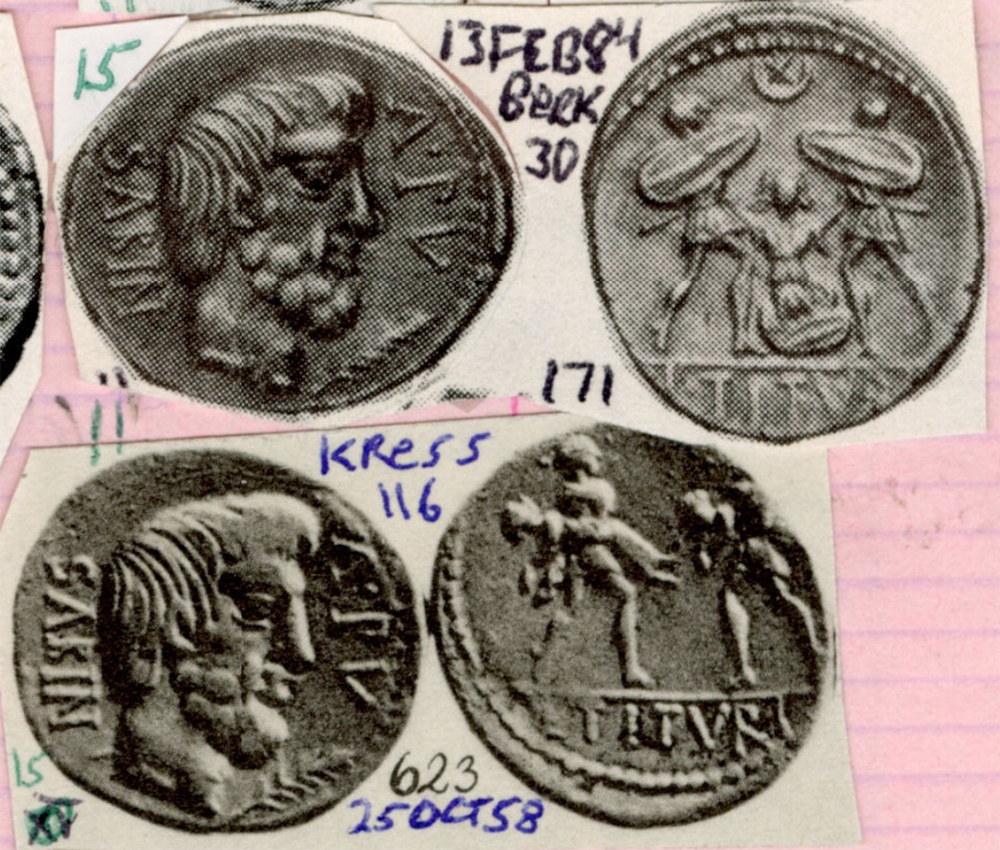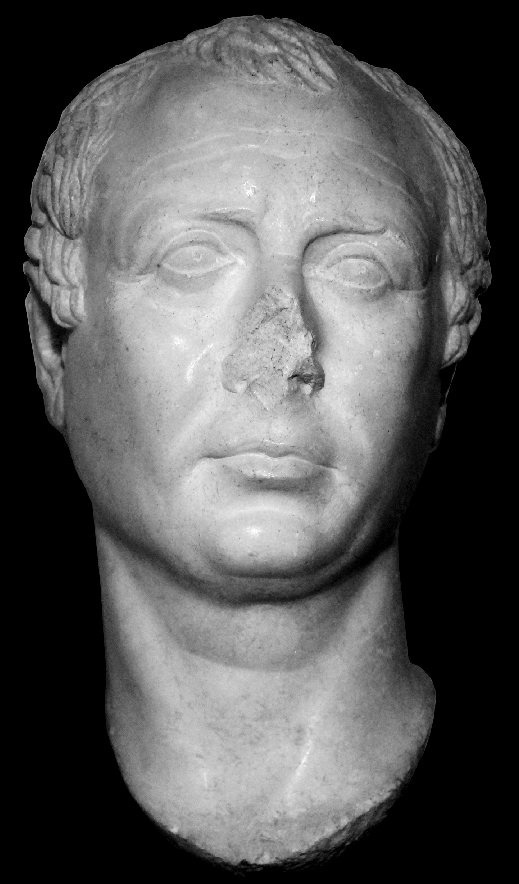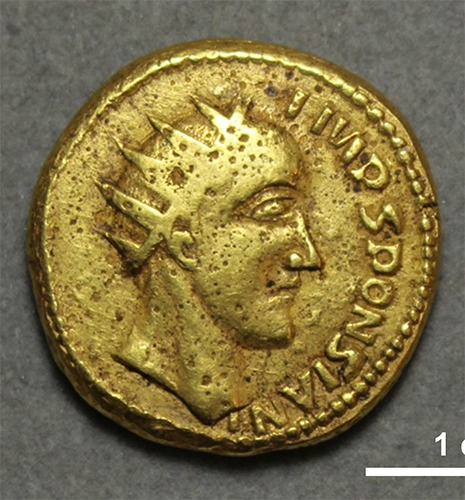Pocket Change Roman
Figure 1. ANS 1969.83.35. Didrachm, RRC 22/1 (265-242 BCE). 6.54g. Gift of E.R. Miles. Control marks: Club/ΘΘ.
Another batch of Roman republican coin types has just been released to the Roman Republican Die Project (RRDP). The new release significantly expands the time period of issues that have been processed, since it includes early republican didrachms (Fig. 1), as well as late republican aurei of Octavian and Antony (Fig. 2). The new release includes the following RRC types:
13/1521/1 13/2525/120/1526/1 22/1 526/325/1527/1 25/2528/126/1529/127/1533/3106/4534/1106/5540/1 106/6541/1 106/7541/2106/8544/1 106/9544/2106/10544/3 313/1a544/4313/1b544/5366/1544/6
Figure 2. BnF REP-21435. Aureus, RRC 529/1 (39 BCE). 8g. Source gallica.bnf.fr / BnF.
The didrachm RRC 15/1…
Another batch of control-marked denarii has recently been added to the Roman Republican Die Project (RRDP) database. The new RRC…
Figure 1. Mysia, Pergamum. C. Fabius M.f. Hadrianus, Proconsul. 57–56 BC. Silver cistophoric tetradrachm. Demeas, magistrate. Obv. Cista mystica within…
Thirty years in the making, Coins of the Ptolemaic Empire, Part II, by Catharine C. Lorber, is the long-anticipated second…
There is a new Roman Republican Die Project (RRDP) release out now (June 6, 2023) that includes the following control-marked…
This blog post details the second day of the Rome and the Coinages of the Mediterranean (RACOM) Conference. Click here…
Figure 1. Participants to the RACOM Conference pictured in front of the British School at Rome.Front row (l. to r.):…
Infanthood is one of the few universal conditions that every adult has once experienced, which they—other than subconsciously—cannot explicitly recall….
Figure 1. RRC 352/1b with special formula EX·A·P on the reverse. BM 2002,0102.2762 (3.93 g).
The newest RRDP data release includes…
Figure 1. The participants to the workshop Money in Mid-Republican Rome on the terrace of KNIR. Front row (seated, l….
The assembly, the people and the civic senate honored Moschion son of Moschion, who held the office of archiereus, of…
A new study, published by Paul N. Pearson et al. last week in Plos One, has made a sensation in…


